Need a grant for LED upgrades or
voltage optimisation? (read more)

Need a grant for LED upgrades or
voltage optimisation? (read more)


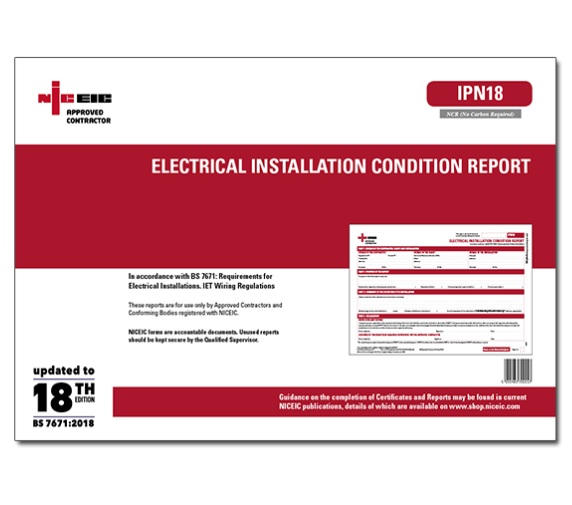

We all rely on electrical equipment these days, whether in the home or at work. We also often take it for granted that the equipment, wiring and all components will be safe to use.
In reality, this is not always the case: wiring and components deteriorate with age, and sometimes, the installations are faulty or have been incorrectly fitted. Any of these scenarios can be dangerous and even fatal.
Because of this, it is imperative that electrical systems and installations are tested frequently, and that's why the electrical condition report was introduced.
The expert team at Powervolt Team offers EICR tests, along with a comprehensive range of services relating to all things electrical. Our dedicated professionals will ensure that your electrics are completely safe and comply with current regulations.

Electrical Installation Condition Reports (EICRs) are a thorough inspection of the electrical installations within a property. It assesses the condition of the wiring, sockets, switches, and other fixed electrical parts. Its primary aim is to identify potential hazards and ensure compliance with safety standards outlined in the UK.
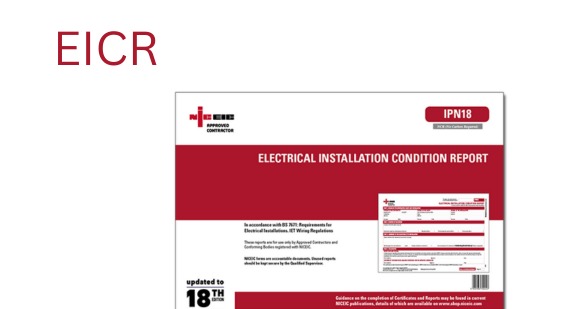

Powervolt Team is the preferred choice in the UK for energy solutions. Specializing in voltage optimisation, LED lighting, renewable energy, and more, we offer expertise, customized services, and a commitment to sustainability. Choose us for innovative and efficient energy management.








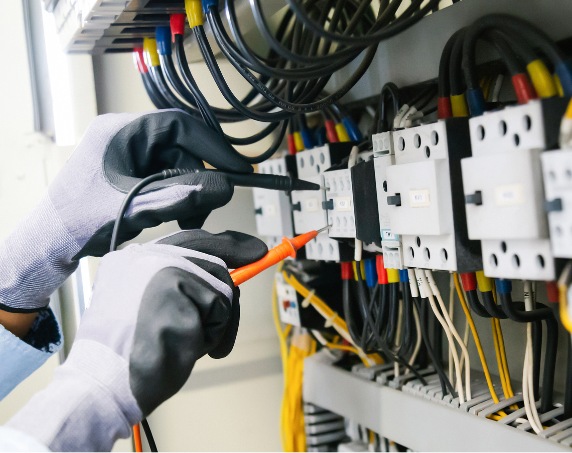

A qualified electrician conducts the examination, checking for any defects, damages, or deviations from the standards set by the Institute of Engineering and Technology (IET) Wiring Regulations (BS 7671). This involves comprehensive visual inspection and testing procedures, including earth continuity, insulation resistance, polarity, and more.
During an EICR test, a qualified electrician performs a meticulous examination to ensure the electrical installations comply with safety standards. Here's a comprehensive breakdown of the process:
The electrician begins with a thorough visual examination of all accessible electrical components, including switches, sockets, light fittings, consumer units, wiring systems, and visible parts of fixed electrical equipment. They look for signs of damage, wear, overheating, or any other visible defects that could pose a risk.
The electrician records all observations and test results in the Electrical Installation Condition Report (EICR). This report details any observed defects, their locations, and the severity of potential risks, categorising them as either 'C1', 'C2', 'C3', or 'FI' as per the severity and urgency of necessary remedial actions.
Once you receive the report, it's up to you to make sure that any recommendations are actioned according to the severity of the rating. This guide shows you what each rating means, with examples of the various risks.
The use of these categories helps property owners, landlords, and occupants understand the urgency of needed repairs or improvements. It enables them to prioritise actions based on the level of risk involved, ensuring that immediate dangers are addressed promptly while also planning for the resolution of less critical issues to maintain overall electrical safety.
Locate potential risks such as faulty wiring, overloaded circuits, damaged equipment, or outdated installations that could lead to electrical shocks, fires, or other dangers.
Evaluate the overall condition of the electrical installation, ensuring it complies with safety standards and regulations.
Detect issues early on to prevent electrical faults, ensuring the longevity and safe operation of the electrical system.
Verify that the electrical installation meets legal requirements and safety standards, particularly for landlords and businesses subject to regulatory obligations.
Offer guidance on necessary remedial work and safety measures to rectify identified faults or hazards, prioritising them based on urgency and severity to enhance safety.
By adhering to these aims and conducting a thorough inspection and testing process, an EICR test ensures the safety and compliance of electrical installations in various properties.

Yes, an EICR (Electrical Installation Condition Report) applies to outdoor electrical appliances and wiring as well as indoor electrical installations. This is because outdoor electrical installations and wiring can also be hazardous if not properly installed and maintained.
The EICR will assess the condition of all electrical equipment and wiring, including:
The inspector will check for signs of damage, wear and tear, and loose connections. They will also test the earth protection and ensure that RCDs (Residual Current Devices) are in place to protect against electric shock.
If defects are found, the inspector will recommend remedial action to keep the electrical installation safe. All remedial work must be completed within 28 days, and the landlord must supply written confirmation of this to the existing tenant and local authority.
Here are some of the potential hazards:
It is important to have all outdoor electrical appliances and wiring inspected and tested by an electrical engineer on a regular basis to ensure that they are safe. An EICR condition report can help to identify and rectify potential problems before they cause harm.
Here are some additional tips for keeping your outdoor electrical appliances and wiring safe:
By following these tips, you can help to prevent electrical hazards and keep your home and family safe.
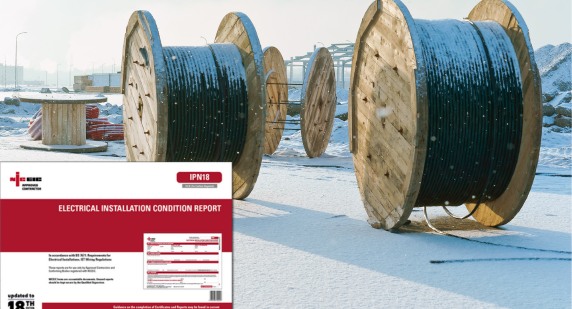

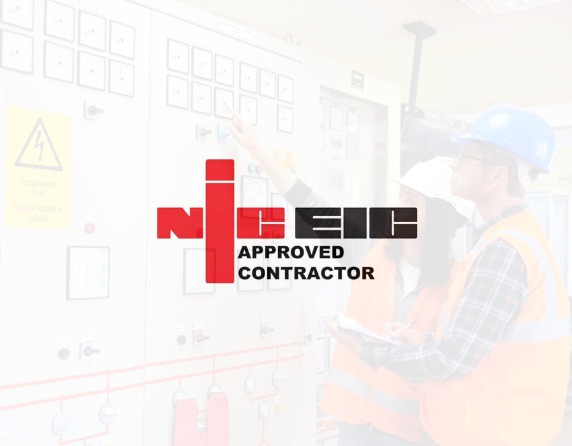

An EICR (Electrical Installation Condition Report) must be carried out by a qualified person. Specifically, it should be done by a registered electrician who is part of a competent person scheme recognised by the government.
These schemes ensure that electricians have the necessary skills, knowledge, and qualifications to carry out electrical work safely and in compliance with relevant regulations.
Electricians registered with schemes such as NICEIC (National Inspection Council for Electrical Installation Contracting), ELECSA (Electrical Contractors Association), NAPIT (National Association of Professional Inspectors and Testers), or STROMA have the required expertise to conduct an EICR test.
It's important to verify the credentials and qualifications of the electrician or the company undertaking the EICR to ensure that the inspection is conducted by someone competent and authorised to perform such assessments. This not only guarantees compliance with regulations but also ensures the accuracy and reliability of the inspection report.

Powervolt Team is the preferred choice in the UK for energy solutions. Specializing in voltage optimisation, LED lighting, renewable energy, and more, we offer expertise, customized services, and a commitment to sustainability. Choose us for innovative and efficient energy management.











An EICR certificate is a legal obligation for certain properties, which is why it's often referred to as a landlord's electrical safety certificate. Landlords, for instance, must obtain EICR reports for rented properties at least every five years. Additionally, commercial properties and specific installations might require regular EICR checks to comply with regulations.
The specific laws relating to landlords are as follows:
The primary law that relates to EICR in the UK is the Electrical Safety Standards in the Private Rented Sector (England) Regulations 2020. These regulations came into force on 1 June 2020 and apply to all tenancies created on or after that date in England. From 1 April 2021, these regulations also apply to all existing tenancies in England.
The regulations require that landlords must ensure that every electrical installation in their residential premises is inspected and tested at intervals of no more than five years by a qualified and competent person. Periodic inspection and electrical testing must be carried out in accordance with the Code of Practice for In-Service Electrical Installations (BS 7671).
The regulations also require that landlords must:
Landlords in the UK who fail to obtain a valid Electrical Installation Condition Report (EICR) for their rental properties may face a range of penalties, including:
The specific penalties will depend on the severity of the breach and the landlord's previous history of compliance. However, it is clear that there are significant financial and legal risks associated with failing to obtain an EICR.
Landlords should also be aware of the potential civil liability they may face if a tenant suffers an injury or property damage due to a faulty electrical installation.
In addition to the Electrical Safety Standards in the Private Rented Sector (England) Regulations 2020, several other laws and regulations relate to EICR in the UK. These include:
It is important to note that these are just a few of the laws and regulations that relate to EICR in the UK. Landlords should always seek professional advice to ensure that they are complying with all relevant legislation.
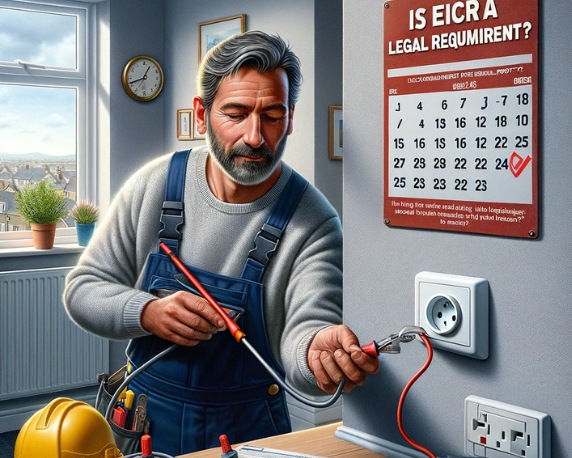
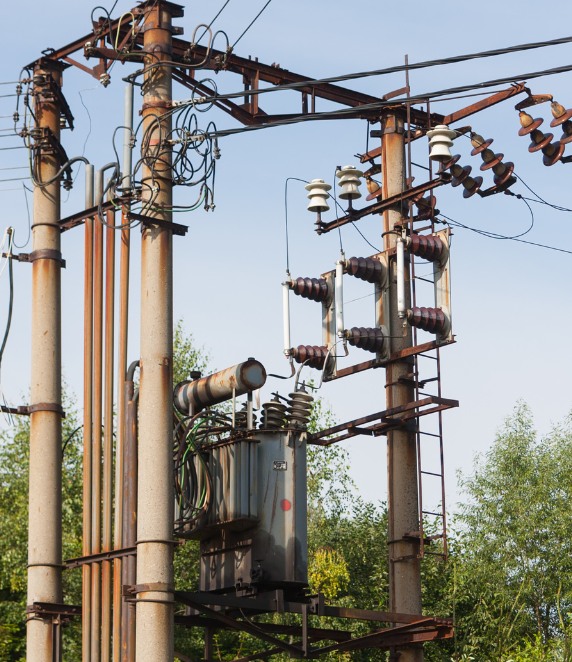

EICR applies to various properties, including rented accommodations, commercial spaces, industrial premises, and even domestic homes. Landlords, homeowners, businesses, and facility managers all fall within the scope of EICR obligations.
As a legal obligation, the law only applies to rented accommodation. However, every business has a duty of care to ensure the safety of employees and customers, and an EICR inspection and report provides everything that you'll need to cover this.
The same applies to Portable Appliance Testing (PAT); it isn't a legal obligation but an excellent idea. If you need more information or advice on this, get in touch with the Powervolt Team team!
Regular EICR testing offers several benefits. It ensures the safety of occupants, reduces the risk of fires or accidents, identifies potential faults early, and helps maintain compliance with legal requirements, fostering peace of mind for landlords, homeowners, and businesses.
The frequency for obtaining an Electrical Installation Condition Report (EICR) in the UK depends on the type of property:
Ultimately, the frequency of EICR tests is influenced by factors like the property's age, the type of occupancy, the condition of the electrical installations, and any changes made to the electrical system over time. Regular inspections help identify potential hazards early on, ensuring the safety of occupants and compliance with legal requirements, particularly for landlords and commercial premises.
The average cost of an EICR in the UK ranges from £125 to £300, depending on the size and complexity of the property. Here is a breakdown of the average costs for different types of domestic properties:
Property Type Average EICR Cost
One-bed flat £125-£150
Two-bed flat/house £150-£200
Three-bed house £200-£250
Four-bed house £250-£300
Five-bed house £300+
Factors Affecting EICR Costs
Several factors can affect the cost of an EICR, including:
An EICR is an important investment in the safety of your property. By obtaining an electrical certificate, you can identify and rectify potential electrical hazards, protect yourself from liability, and increase the value of your home. While the cost of an EICR can vary, it's essential that you always choose a competent, qualified professional rather than opting for the lowest quote. We covered the costs in a little more detail in our article entitled “how much does an EICR cost?”.
Neglecting electrical maintenance, including an EICR test, can pose severe risks. Statistics from the UK's Electrical Safety First indicate that faulty electrics account for a significant portion of domestic fires.
Over 28,000 electrical fires are reported annually, resulting in injuries, property damage, and even fatalities. 89% of these are caused by electrical appliances and equipment, while the remaining 11% are the result of faulty or damaged wiring.
Failure to conduct regular EICR tests can lead to undetected faults, increasing the likelihood of electrical incidents. This neglect endangers lives and can result in substantial financial losses due to property damage and potential legal repercussions.
Absolutely, getting an Electrical Installation Condition Report (EICR) is definitely worth it for several reasons:
*See below for more detailed information
Considering the potential risks associated with faulty electrical systems and the legal obligations for certain properties, the investment in an EICR is undoubtedly worth it for the safety, compliance, and overall well-being of a property and its occupants.
An Electrical Installation Condition Report (EICR) is a valuable document that assesses the safety of a property's electrical wiring and systems. It is highly recommended to obtain an EICR when buying or selling a house in the UK for several reasons:
For buyers:
For sellers:
Overall, an EICR is a valuable investment for both buyers and sellers in the UK housing market. It promotes electrical safety, facilitates informed decision-making, and can potentially contribute to a smoother and more secure transaction.
If you're considering buying or selling a house in the UK, obtaining an EICR from a qualified electrician is highly advisable. It's a small investment that can make a big difference in ensuring the safety and value of your property.

Ensuring electrical safety through electrical installation condition reports is crucial for protecting lives and properties, and maintaining compliance with legal obligations in the UK.
For this reason, choosing the right company to do the job is equally important. While no specific qualities are required, the test must be conducted by a qualified and competent person.
If you'd like to safeguard your property and comply with EICR requirements, contact Powervolt Team today for professional and reliable electrical inspection services.
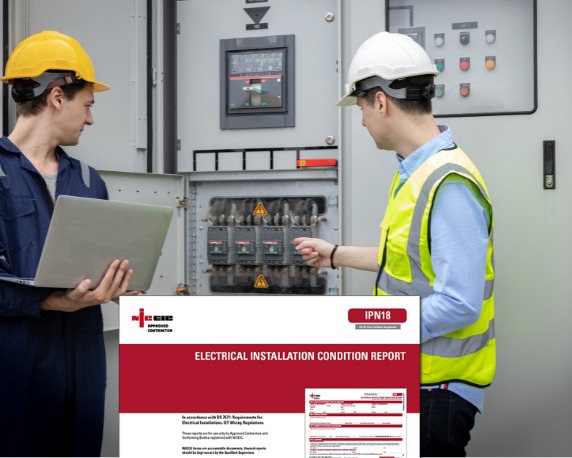
Failing to have a valid EICR in the UK, especially for landlords, can lead to legal repercussions, including fines and potential prosecution. Additionally, it can invalidate property insurance and pose serious safety risks to occupants due to undetected electrical hazards.
An EICR is a comprehensive inspection but may not uncover every hidden fault, particularly if they involve concealed wiring or parts not covered by the inspection. However, it is effective in identifying most common electrical issues and potential safety hazards.
An EICR assesses the safety of existing electrical installations, identifying any deficiencies or hazards. In contrast, an Electrical Installation Certificate is issued after new electrical work has been completed, certifying that it meets the UK standard BS 7671 for safety.
Yes, in the UK, it is mandatory to have an EICR for Houses in Multiple Occupation (HMOs). The EICR must be carried out every five years to ensure ongoing electrical safety and compliance with legal requirements.
